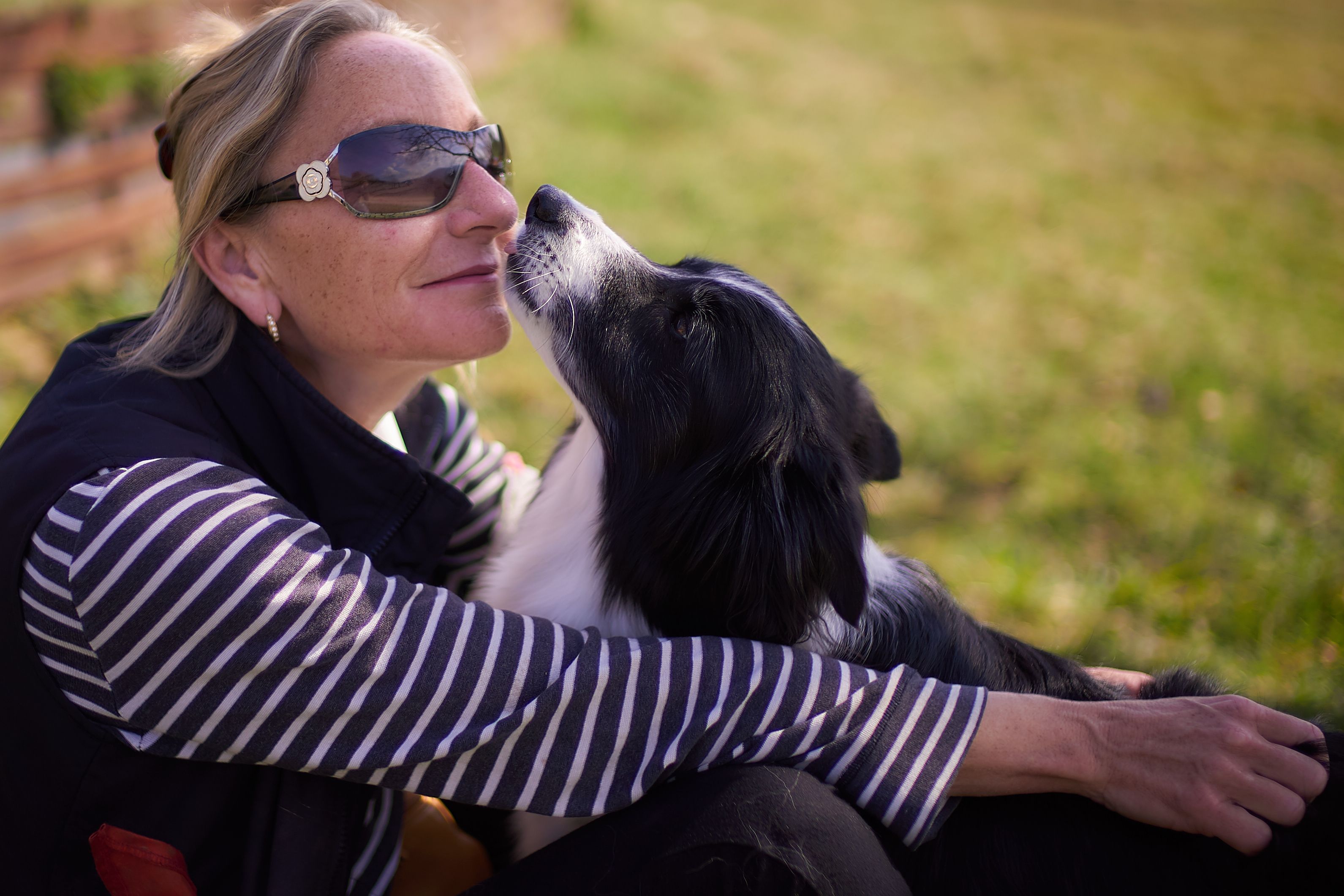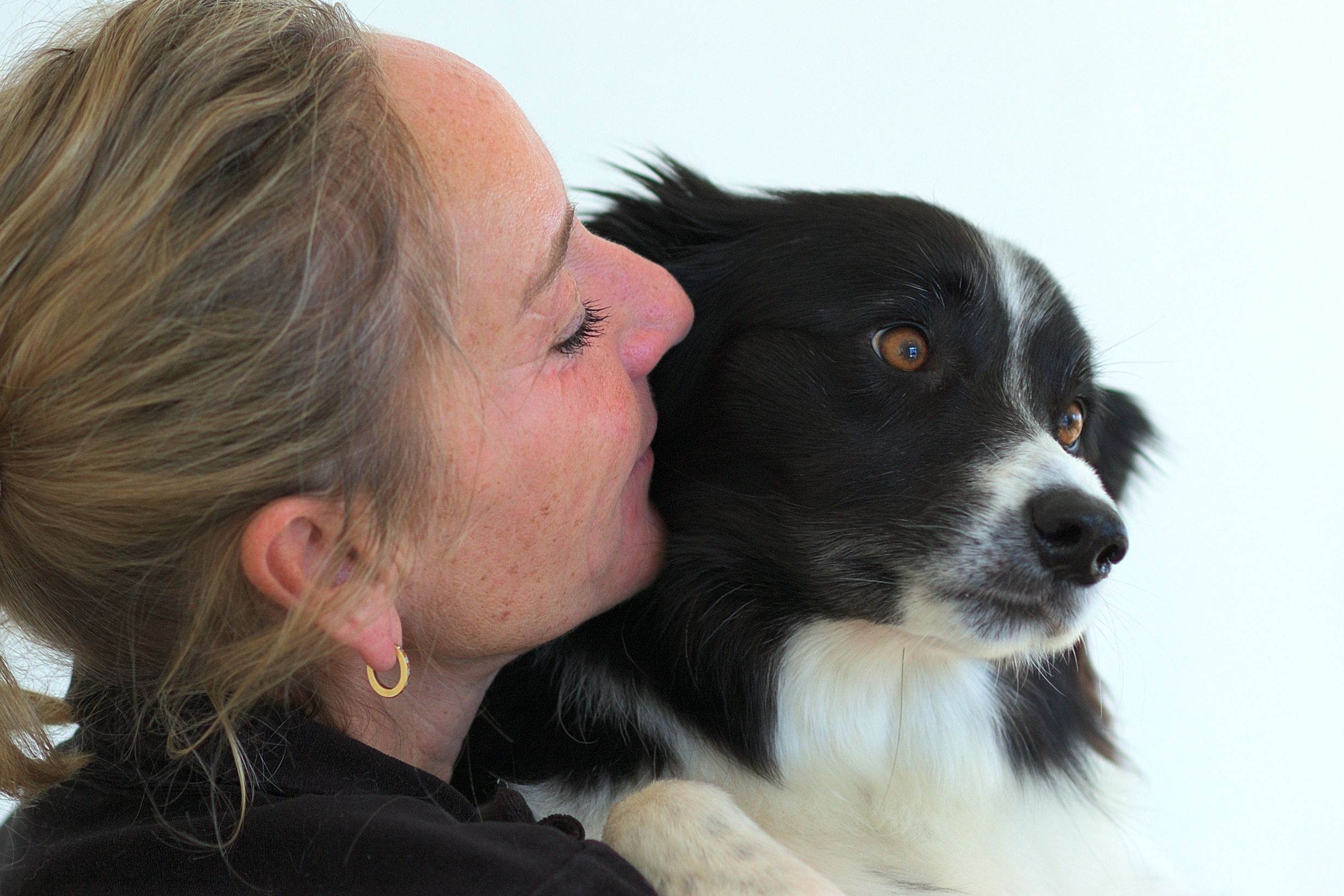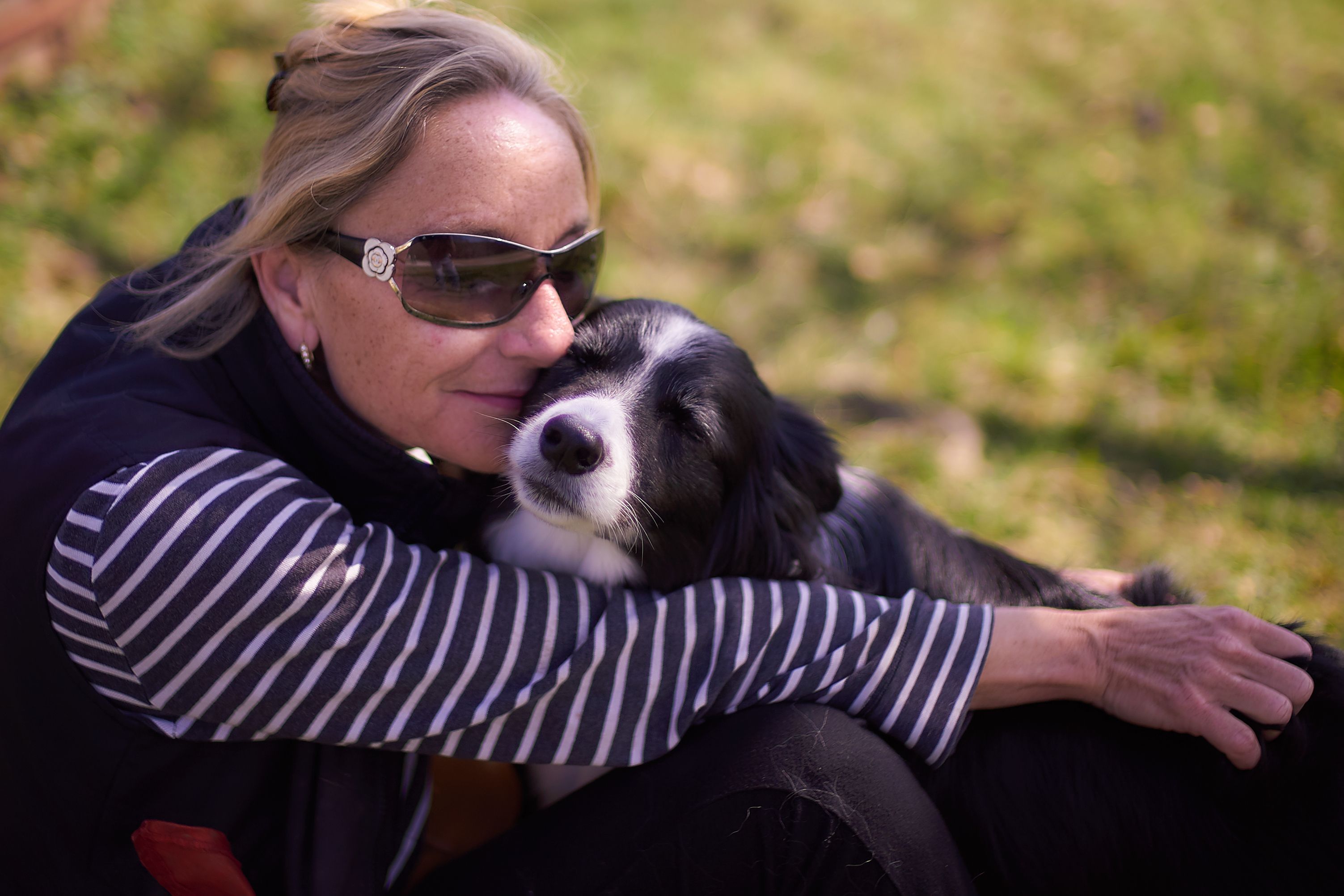Final comments
16
Let's face it: Hemangiosarcoma is a very serious diagnosis.
—
Let’s take spleen hemangiosarcoma: dogs with only surgical removal of the spleen have a median survival time of 1-3 months. However, in dogs with with a certain size cancers (stage 3 equals over 5cm or a burst cancer vessel) and who are given chemo-therapy, the median survival time increases to 6-8 months. Of course, this is still very short, but significantly longer than without chemotherapy. Most important, these dogs can spend the time during and after the therapy with mostly very good quality of life. In fact, 80% of dogs on chemo-therapy show no or only mild side-effects: some may temporarily show symptoms like less appetite, rarely vomiting or diarrhea. These side-effects can easily be controlled with medication.
10% of dogs can even survive for more than a year after diagnosis. Unfortunately, despite all the latest research, it is not possible to predict which dog belongs to these 10%. And precisely because of these "runaways", I would recommend each owner, after thorough screening and examination and open discussion about the chances, to apply the chemotherapy. Unfortunately, there are also the "runaways" downwards, which survive only a few weeks after diagnosis. But in these cases, I say to myself: "At least we have tried everything which is out there to fight the cancer”
This time gained is very important for both the dog and the dog owner. As a matter of fact, it gives the dog owner time to say goodbye to his dog, to get a grip with the idea of farewell – which will help him to cope with the psychological burden of grief and guilt. And, don’t we owe our dogs - after all the wonderful years they have given u -, to live their last weeks, months in dignity and to die in dignity, if possible in their familiar surrounding?
Should MY dog be diagnosed with cancer, I would not hesitate a moment to start chemotherapy immediately. I have 10 years of oncological experience and fortunately only very few dogs I treated showed really strong side-effects. Unfortunately, too many dogs are euthanized at the time of diagnosis of hemoabdomen (that is, when the first bleeding occurs, for example, from the spleen into the abdomen), because unexperienced veterinarians always assume the worst-case scenario: malignant cancer. However, let’s not forget, that especially in small and medium-sized dogs – but also in a not to underestimate percentage of larger breeds – harmless hematomas (internal bruises) may occur in the spleen, which show a clinically identical picture to a hemangiosarcoma. However, only an examination of the surgically removed tissue can determine whether the tissue is malignant or benign. It is so sad that many dogs are euthanized because of a completely benign diagnosis!
Having said all this, in most cases, the treatment and therapy program recommended after a diagnosis of hemangiosarcoma is not in first place about curing the dog, but about giving the dog a longer and dignified end-of-life stage thanks to therapy and medication, and giving the dog owner time to say goodbye to his beloved dog.
Irene Flickinger
Irene Flickinger,
Dr. med. vet., Dipl ECVIM Ca (Oncology)
AniCura AOI Center Hünenberg, Switzerland
further thoughts
“What’s the point of screening, therapies, hospice care? The dog is going to die anyway.”
I know these hopeless, defiant, stubborn feelings and thoughts too well: it is our desperate heart who is crying, shouting, fighting to come to grips with faith and the fatal outcome and loss of our beloved friend. Denial, anger, depression and resignation are normal phases in the painful process towards acceptance. (The Kübler-Ross model, otherwise known as the five stages of grief: https://en.wikipedia.org/wiki/Kübler-Ross_model)
In answer to some of these hope- and faithless readers of The Alice-Ribbon homepage, I’ve asked Kerstin Piribauer (author, publisher and dog-owner) to express her thoughts on the question “What’s the point?”:
«The answer to this question is crystal clear:
It is the responsibility and duty that we must assume as human beings and caretakers for the life of our dogs. It is a question of respect for the value of life. Every life has a right to be lived - even in difficult times. Life isn’t just worth living when everything is in the pink, hale and hearty. It does not just mean jumping happily across the green meadow, but also, and above all, accepting and LIVING the challenges - for both humans and dogs.
You wouldn’t imagine cancelling the health insurance for your kids, because you suspect they won’t need it in case of illness, "We are all going to die soon anyway, so what's the point?”. But why do we think that way when our dogs are concerned? It's the old and antiquated anthropocentric worldview which makes differences in value between men and animals. However, the scientific world has considerably advanced since.
Let’s talk more factual: A few months in a dog’s life equal a few years in human’s - one cannot equate one to one. If a dog survives a year, that is equal to 5 to 7 human years! Let’s not forget: Animals have a different life-cycle.
OK, the period of end-of-life care can be demanding on dog owners. But travelling from therapy to therapy can also be a beautiful and rewarding experience which will tie the bond between dog and owner even tighter! As with all things in life, whether we see this stage of our common life as a “burden” or “enrichment” is a question of attitude and organisation. The visits to the vets, the clinic and to the therapies it’s just another type of activity together with your dog. See it as one of your daily, weekly training sessions, dog walks or whatever other highlight activities you undertook with your dog before his illness. The dog doesn’t rate trips to the clinic negatively, for him it’s just another activity with you.
Why not try “husbandry training” (http://www.kathysdao.com/articles/husbandry-how-tos/) and make difficult moments fun for your dog – and you! “
Kerstin Piribauer is author of the newly published book "Liebe wirkt Wunder", treating the topic of end-of-life care and mourning over your dog:













